Growing Kale at Home can seem daunting, but trust me, it’s easier than you think! Have you ever dreamt of stepping outside your back door and snipping fresh, vibrant kale leaves for your morning smoothie or a delicious salad? I know I have, and let me tell you, it’s a truly rewarding experience. For centuries, kale has been a nutritional powerhouse, cultivated by everyone from the ancient Romans to medieval European peasants. It’s a resilient and versatile vegetable, and with a few simple tricks, you can enjoy a bountiful harvest right in your own backyard.
But why bother with the effort? Well, store-bought kale can be expensive and sometimes lacks that fresh, crisp flavor. Plus, there’s nothing quite like the satisfaction of nurturing your own food from seed to table. This DIY guide is packed with insider tips and hacks to help you successfully growing kale at home, even if you have limited space or gardening experience. We’ll cover everything from choosing the right variety to protecting your plants from pests, ensuring you have a thriving kale patch all season long. So, grab your gardening gloves, and let’s get started!
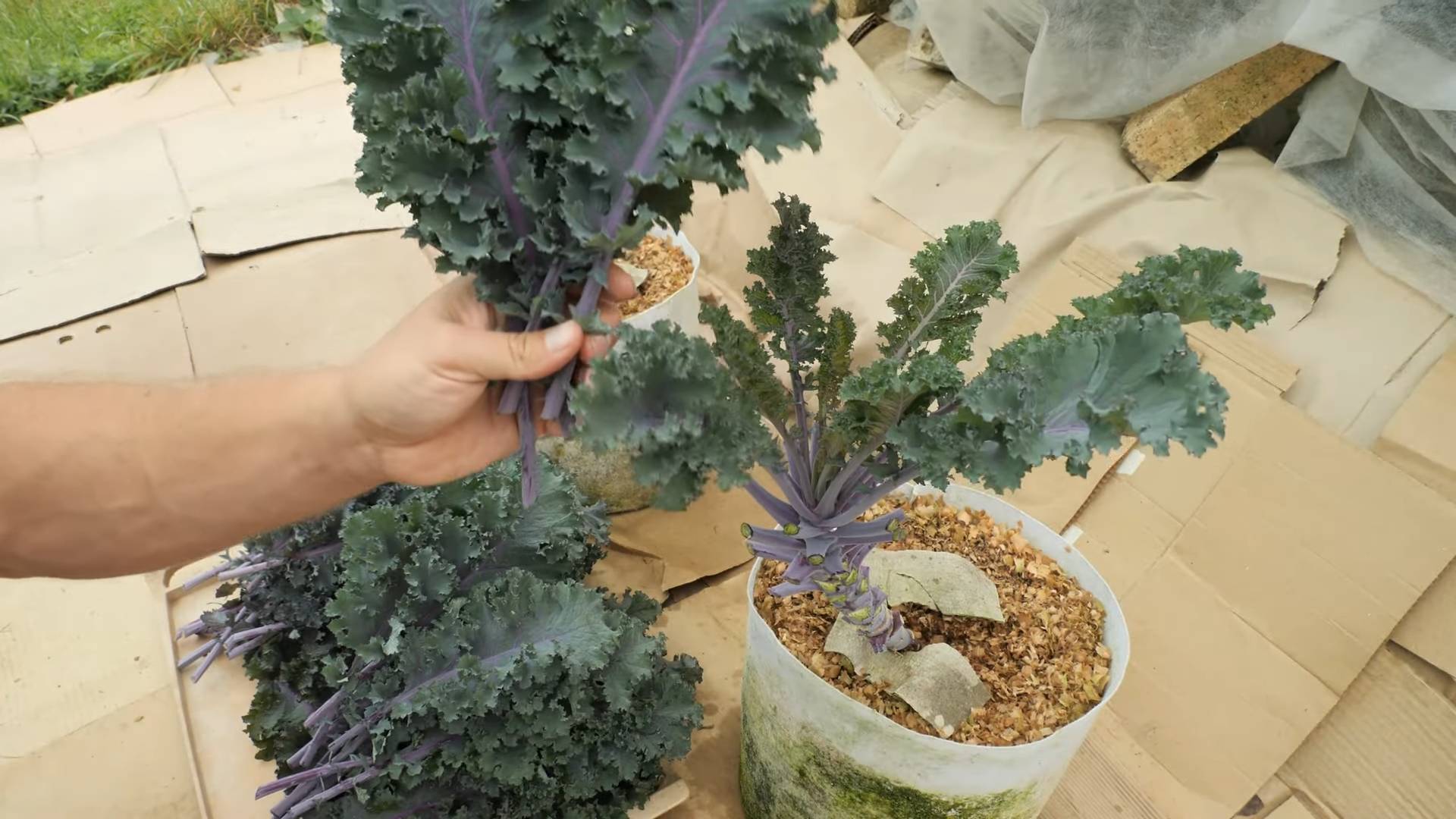
Growing Kale at Home: A Beginner’s Guide
Okay, kale lovers, listen up! I’m going to walk you through everything you need to know to grow your own delicious, nutritious kale right at home. Trust me, it’s easier than you think, and the satisfaction of harvesting your own greens is totally worth it. Plus, homegrown kale tastes way better than anything you’ll find at the grocery store. Let’s get started!
Choosing Your Kale Variety
First things first, let’s talk kale varieties. There are tons of different types, each with its own unique flavor and texture. Here are a few of my favorites:
* **Curly Kale:** This is the classic kale you probably picture. It has frilly, dark green leaves and a slightly bitter taste. It’s super versatile and great for salads, smoothies, and chips.
* **Lacinato Kale (Dinosaur Kale):** Also known as Tuscan kale or cavolo nero, this variety has long, dark blue-green leaves with a slightly bumpy texture. It has a milder, sweeter flavor than curly kale and holds up well in cooking.
* **Red Russian Kale:** This variety has flat, fringed leaves with purple stems. It’s sweeter and more tender than curly kale, making it a great choice for salads.
* **Redbor Kale:** This is an ornamental variety with deeply ruffled, purple leaves. It’s beautiful in the garden and also edible, although it can be a bit tougher than other varieties.
Think about what you want to use your kale for and choose a variety that suits your taste. You can even grow a few different types to experiment!
Starting from Seed vs. Buying Transplants
You have two main options for getting your kale plants: starting from seed or buying transplants.
* **Starting from Seed:** This is the more economical option, and it gives you more control over the growing process. You can start seeds indoors 6-8 weeks before the last frost, or direct sow them in the garden after the danger of frost has passed.
* **Buying Transplants:** This is the easier option, especially if you’re a beginner. You can find kale transplants at most garden centers in the spring and fall. Just make sure to choose healthy-looking plants with no signs of pests or diseases.
I personally prefer starting from seed because I love watching the little seedlings sprout and grow. But if you’re short on time or space, transplants are a great option.
Preparing Your Garden Bed
Kale needs well-drained soil that’s rich in organic matter. Here’s how to prepare your garden bed:
* **Choose a sunny spot:** Kale needs at least 6 hours of sunlight per day.
* **Test your soil:** A soil test will tell you the pH and nutrient levels of your soil. Kale prefers a pH of 6.0 to 7.5.
* **Amend the soil:** If your soil is heavy clay or sandy, amend it with compost or other organic matter to improve drainage and fertility.
* **Till or dig the soil:** Loosen the soil to a depth of 12 inches.
* **Rake the soil smooth:** Remove any rocks or debris.
Planting Your Kale
Now for the fun part: planting!
Planting Seeds Indoors (Optional)
If you’re starting from seed indoors, follow these steps:
1. **Fill seed trays or pots with seed-starting mix:** Don’t use garden soil, as it can be too heavy and may contain diseases.
2. **Sow seeds ¼ inch deep:** Plant 2-3 seeds per cell or pot.
3. **Water gently:** Keep the soil moist but not soggy.
4. **Provide light:** Place the seed trays under grow lights or in a sunny window.
5. **Thin seedlings:** Once the seedlings have their first true leaves, thin them to one plant per cell or pot.
Transplanting Seedlings or Planting Transplants
Whether you started your own seedlings or bought transplants, here’s how to plant them in the garden:
1. **Harden off seedlings:** If you started your own seedlings indoors, gradually acclimate them to outdoor conditions by placing them outside for a few hours each day for a week before planting.
2. **Dig holes:** Space the plants 12-18 inches apart in rows that are 2-3 feet apart.
3. **Remove plants from containers:** Gently loosen the roots before planting.
4. **Place plants in holes:** Make sure the top of the root ball is level with the soil surface.
5. **Fill in holes with soil:** Gently firm the soil around the plants.
6. **Water thoroughly:** Water deeply after planting.
Caring for Your Kale
Once your kale is planted, it’s important to provide it with the right care to ensure a bountiful harvest.
* **Watering:** Kale needs consistent moisture, especially during hot, dry weather. Water deeply whenever the top inch of soil feels dry.
* **Fertilizing:** Kale is a heavy feeder, so it benefits from regular fertilization. Use a balanced fertilizer or side-dress with compost every few weeks.
* **Weeding:** Keep the garden bed free of weeds, which can compete with kale for nutrients and water.
* **Mulching:** Apply a layer of mulch around the plants to help retain moisture, suppress weeds, and regulate soil temperature.
* **Pest Control:** Keep an eye out for pests like aphids, cabbage worms, and flea beetles. Handpick them off the plants or use an organic insecticide if necessary.
* **Disease Control:** Kale is susceptible to diseases like downy mildew and black rot. Prevent these diseases by providing good air circulation and avoiding overhead watering.
Harvesting Your Kale
You can start harvesting kale leaves as soon as they’re big enough to eat, usually about 6-8 weeks after planting.
1. **Harvest outer leaves:** Start by harvesting the outer leaves, leaving the inner leaves to continue growing.
2. **Cut or snap off leaves:** You can cut the leaves with a knife or simply snap them off with your fingers.
3. **Harvest regularly:** Harvesting regularly will encourage the plant to produce more leaves.
Extending the Harvest
Kale is a cool-season crop, so it grows best in the spring and fall. However, you can extend the harvest by:
* **Succession planting:** Plant new kale seedlings every few weeks to ensure a continuous supply of fresh leaves.
* **Overwintering:** In mild climates, kale can survive the winter and provide a harvest in the spring.
* **Using row covers:** Row covers can protect kale from frost and extend the growing season.
Troubleshooting
Even with the best care, you may encounter some problems when growing kale. Here are a few common issues and how to solve them:
* **Yellowing leaves:** This could be a sign of nutrient deficiency, overwatering, or disease. Check the soil pH and nutrient levels, and adjust your watering schedule accordingly.
* **Holes in leaves:** This is usually caused by pests like cabbage worms or flea beetles. Handpick them off the plants or use an organic insecticide.
* **Stunted growth:** This could be a sign of poor soil, lack of sunlight, or disease. Amend the soil with compost, make sure the plants are getting enough sunlight, and treat any diseases.
Delicious Ways to Enjoy Your Homegrown Kale
Now that you’ve grown your own kale, it’s time to enjoy it! Here are a few of my favorite ways to eat kale:
* **Kale Salad:** Massage kale with olive oil, lemon juice, and salt, then add your favorite toppings like avocado, nuts, and seeds.
* **Kale Chips:** Toss kale with olive oil and salt, then bake at 350°F until crispy.
* **Kale Smoothie:** Add kale to your favorite smoothie recipe for a boost of nutrients.
* **Sautéed Kale:** Sauté kale with garlic, olive oil, and a pinch of red pepper flakes.
* **Kale Soup:** Add kale to your favorite soup recipe for a hearty and healthy meal.
Growing kale at home is a rewarding experience that will provide you with a steady supply of fresh, nutritious greens. With a little bit of effort, you can enjoy homegrown kale all season long. Happy gardening!
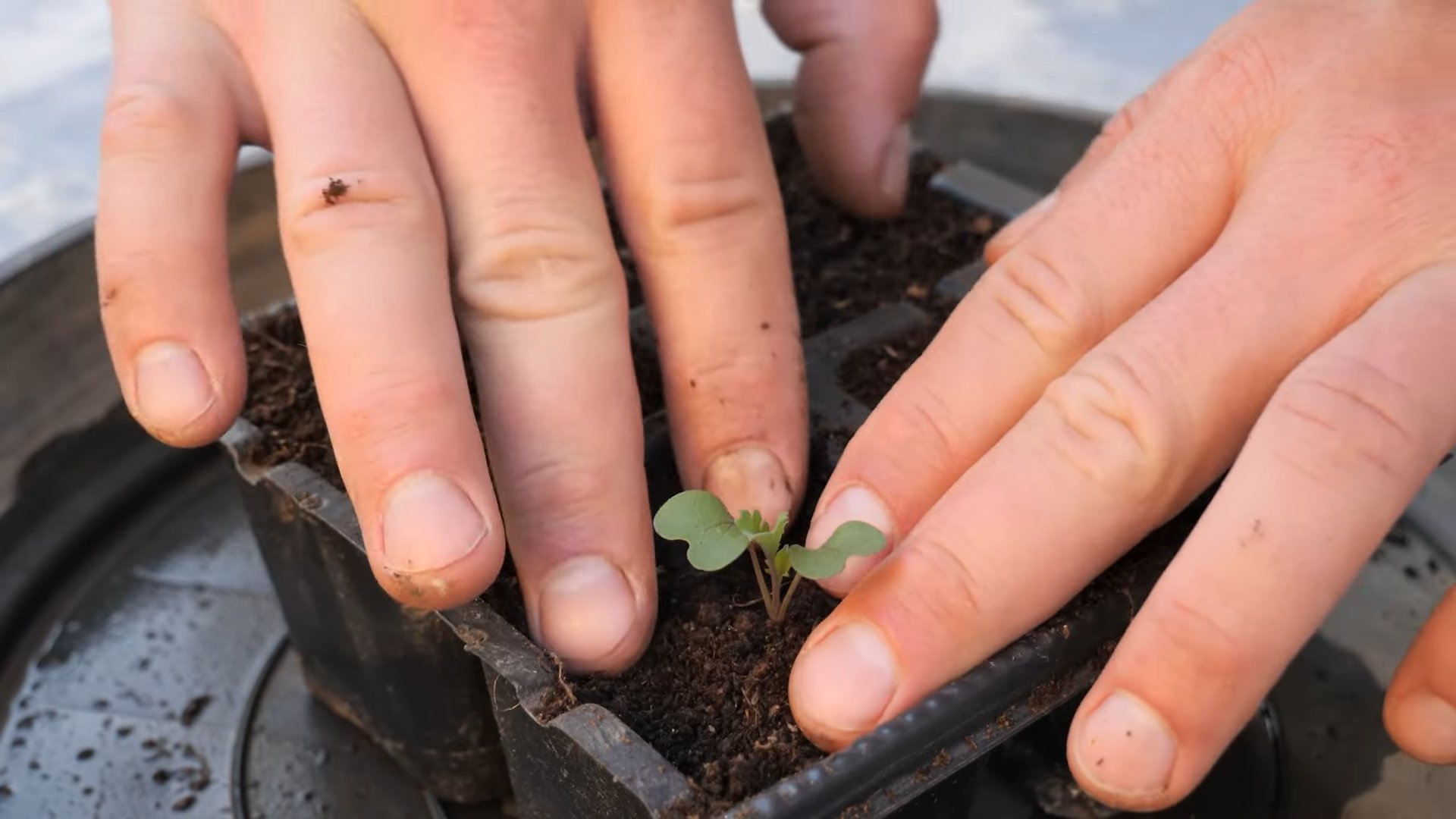
Conclusion
So, there you have it! Growing kale at home is not only achievable, but it’s also a rewarding experience that brings fresh, nutritious greens right to your kitchen. We’ve walked through the essential steps, from selecting the right kale variety and preparing your growing space to nurturing your plants and harvesting your bounty. But why is this DIY trick a must-try?
First and foremost, consider the freshness. Store-bought kale, even when organic, can’t compare to the vibrant flavor and nutritional value of kale harvested moments before you eat it. The moment you cut those leaves, the clock starts ticking on nutrient degradation. Growing your own ensures you’re getting the absolute maximum benefit from this superfood.
Secondly, think about the cost savings. While there’s an initial investment in seeds, soil, and perhaps a few basic gardening tools, the long-term savings are significant. A single packet of kale seeds can yield a continuous supply of greens for months, far exceeding the cost of repeatedly buying kale from the grocery store.
Thirdly, and perhaps most importantly, growing kale at home connects you to your food in a meaningful way. It’s a tangible reminder of where your food comes from and the effort that goes into producing it. This connection can foster a deeper appreciation for healthy eating and sustainable living.
But the beauty of growing kale at home lies in its adaptability. Feel free to experiment with different varieties. Try ‘Lacinato’ (dinosaur kale) for its unique texture and slightly sweeter flavor, or ‘Red Russian’ for its beautiful purple stems and mild taste. You can also adjust your growing methods to suit your space and preferences. If you’re short on space, consider growing kale in containers on your balcony or patio. If you live in a colder climate, you can extend your growing season by using a cold frame or greenhouse.
Don’t be afraid to get creative with your kale harvest! Beyond salads and smoothies, kale can be added to soups, stews, stir-fries, and even baked into crispy kale chips. The possibilities are endless!
We wholeheartedly encourage you to give this DIY trick a try. It’s a simple, satisfying, and sustainable way to improve your diet and connect with nature. And remember, gardening is a journey, not a destination. There will be successes and setbacks along the way, but the rewards are well worth the effort.
Once you’ve experienced the joy of harvesting your own homegrown kale, we’d love to hear about it! Share your experiences, tips, and photos with us in the comments below. Let’s build a community of kale-loving gardeners and inspire others to embrace the power of homegrown goodness. Happy growing!
Frequently Asked Questions (FAQs)
What is the best time of year to plant kale?
The best time to plant kale depends on your climate. In general, kale is a cool-season crop that thrives in temperatures between 60°F and 70°F (15°C and 21°C). For a spring harvest, start seeds indoors 6-8 weeks before the last expected frost or direct sow outdoors 2-4 weeks before the last frost. For a fall harvest, sow seeds outdoors in late summer or early fall, about 6-8 weeks before the first expected frost. Kale can tolerate light frosts and even tastes sweeter after a frost. In warmer climates, you can grow kale throughout the winter.
What kind of soil does kale need?
Kale prefers well-drained soil that is rich in organic matter. The ideal soil pH is between 6.0 and 7.5. Before planting, amend your soil with compost, aged manure, or other organic matter to improve its fertility and drainage. If your soil is heavy clay, consider adding sand or perlite to improve drainage. A soil test can help you determine the specific nutrient needs of your soil.
How much sunlight does kale need?
Kale needs at least 6 hours of sunlight per day to thrive. However, it can tolerate partial shade, especially in hotter climates. If you’re growing kale indoors, provide it with supplemental lighting, such as grow lights, to ensure it gets enough light.
How often should I water kale?
Water kale regularly, especially during dry periods. Keep the soil consistently moist, but not waterlogged. Water deeply at the base of the plants, avoiding wetting the leaves, which can increase the risk of fungal diseases. Mulching around the plants can help retain moisture in the soil.
What are some common pests and diseases that affect kale?
Common pests that affect kale include aphids, cabbage worms, flea beetles, and slugs. To control these pests, you can use organic methods such as handpicking, insecticidal soap, or Bacillus thuringiensis (Bt). Common diseases that affect kale include downy mildew, black rot, and clubroot. To prevent these diseases, choose disease-resistant varieties, practice crop rotation, and avoid overhead watering. Ensure good air circulation around the plants.
How do I harvest kale?
You can start harvesting kale leaves when they are about 4-6 inches long. Harvest the outer leaves first, leaving the inner leaves to continue growing. You can harvest kale continuously throughout the growing season. To harvest, simply cut or snap off the leaves at the base of the stem.
Can I grow kale in containers?
Yes, kale can be grown successfully in containers. Choose a container that is at least 12 inches deep and wide. Use a well-draining potting mix and provide the plants with plenty of sunlight and water. Fertilize regularly with a balanced fertilizer.
How do I store kale after harvesting?
To store kale after harvesting, wash the leaves thoroughly and dry them completely. Store the kale in a plastic bag in the refrigerator. Kale can be stored for up to a week. You can also freeze kale for longer storage. To freeze kale, blanch the leaves in boiling water for 2 minutes, then plunge them into ice water. Drain the kale and squeeze out any excess water. Store the kale in freezer bags or containers.
Is kale a good source of nutrients?
Yes, kale is an excellent source of nutrients. It is rich in vitamins A, C, and K, as well as calcium, iron, and antioxidants. Kale is also a good source of fiber. Incorporating kale into your diet can help improve your overall health and well-being.
Can I eat the stems of kale?
Yes, you can eat the stems of kale, but they can be tough and fibrous. To make them more palatable, remove the tough outer layer of the stem and chop them into small pieces. You can then add them to soups, stews, or stir-fries. Alternatively, you can juice the stems for a nutrient-rich beverage.
How can I make kale taste better?
Some people find kale to be bitter. To reduce the bitterness, you can massage the leaves with olive oil and lemon juice before eating them raw. You can also cook kale with acidic ingredients such as vinegar or tomatoes. Adding salt and spices can also help to mask the bitterness. Roasting kale can also bring out its natural sweetness.
What are some creative ways to use kale in recipes?
Kale is a versatile ingredient that can be used in a variety of recipes. You can add it to salads, smoothies, soups, stews, stir-fries, and even baked goods. Kale chips are a popular and healthy snack. You can also use kale as a pizza topping or in omelets and frittatas. Get creative and experiment with different ways to incorporate kale into your diet.


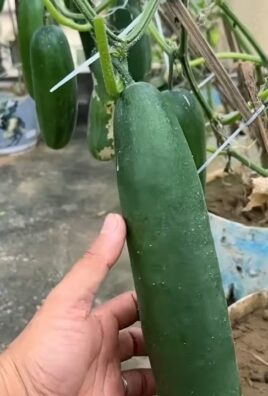
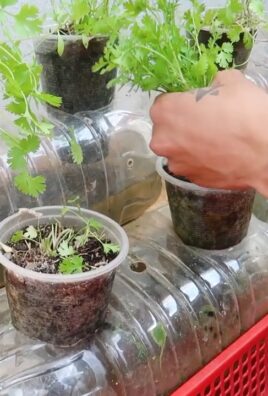
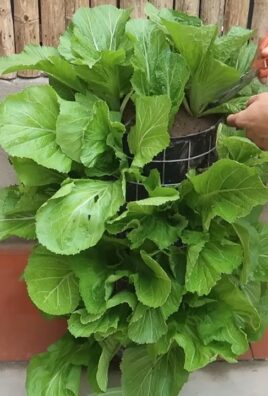
Leave a Comment